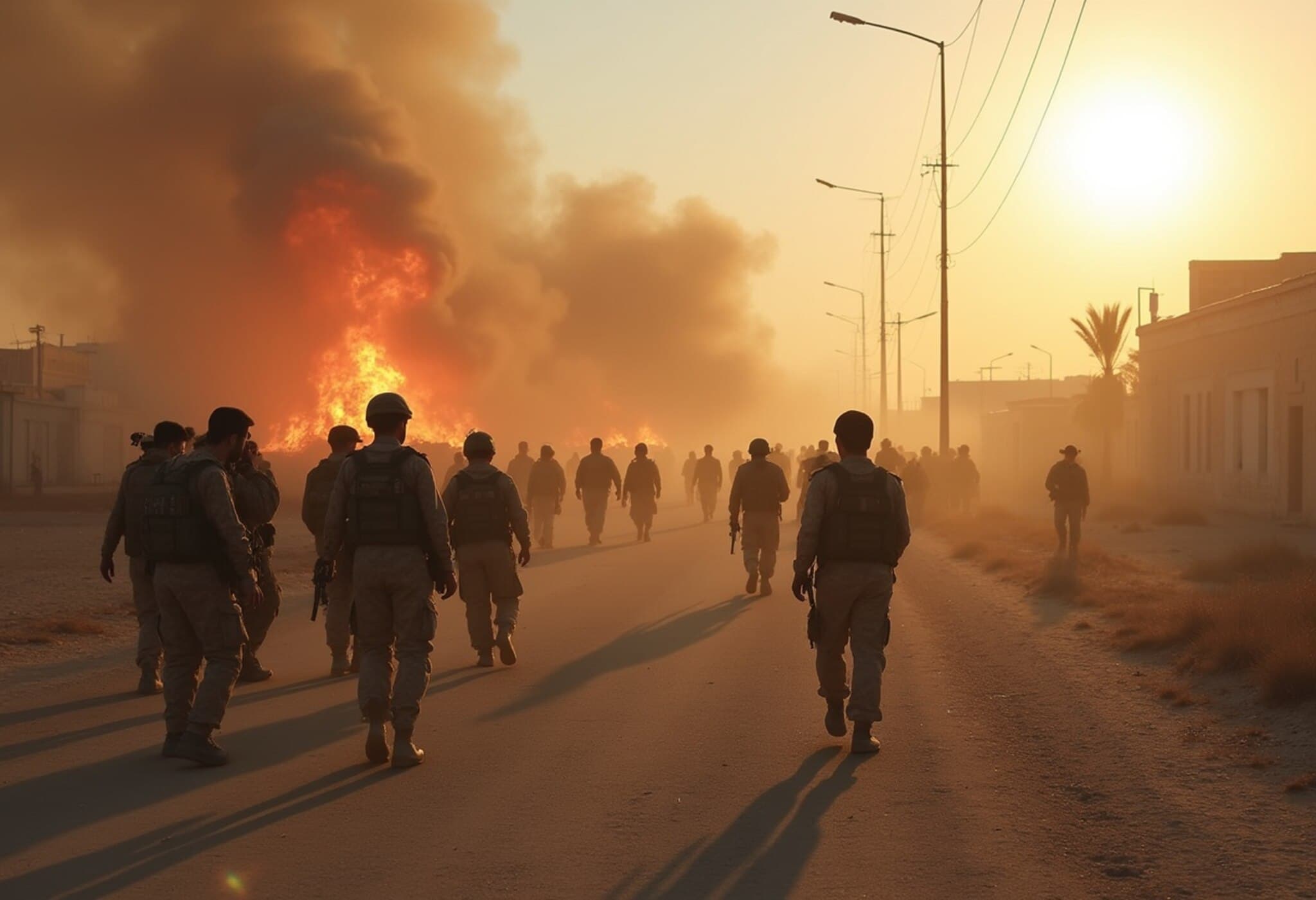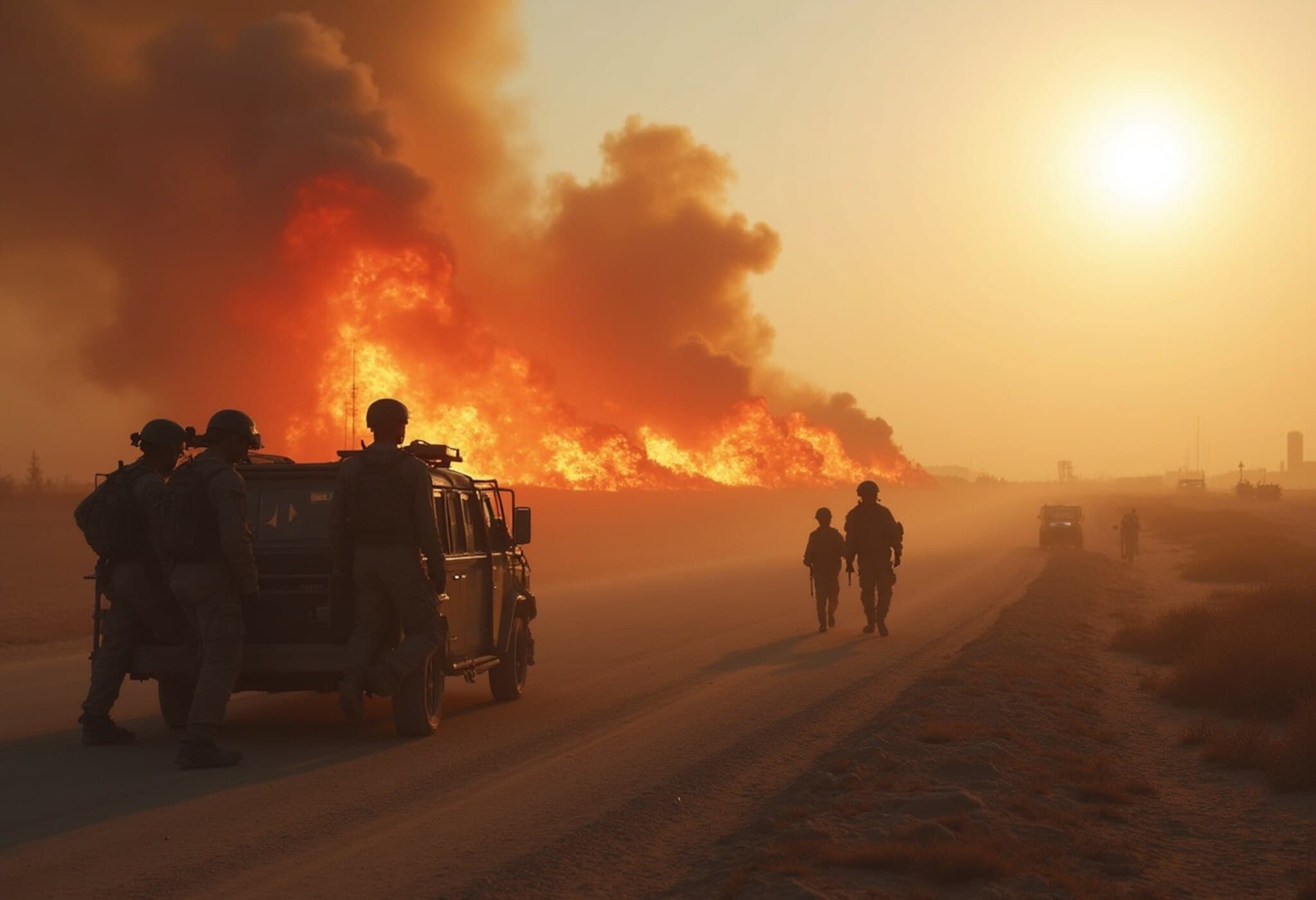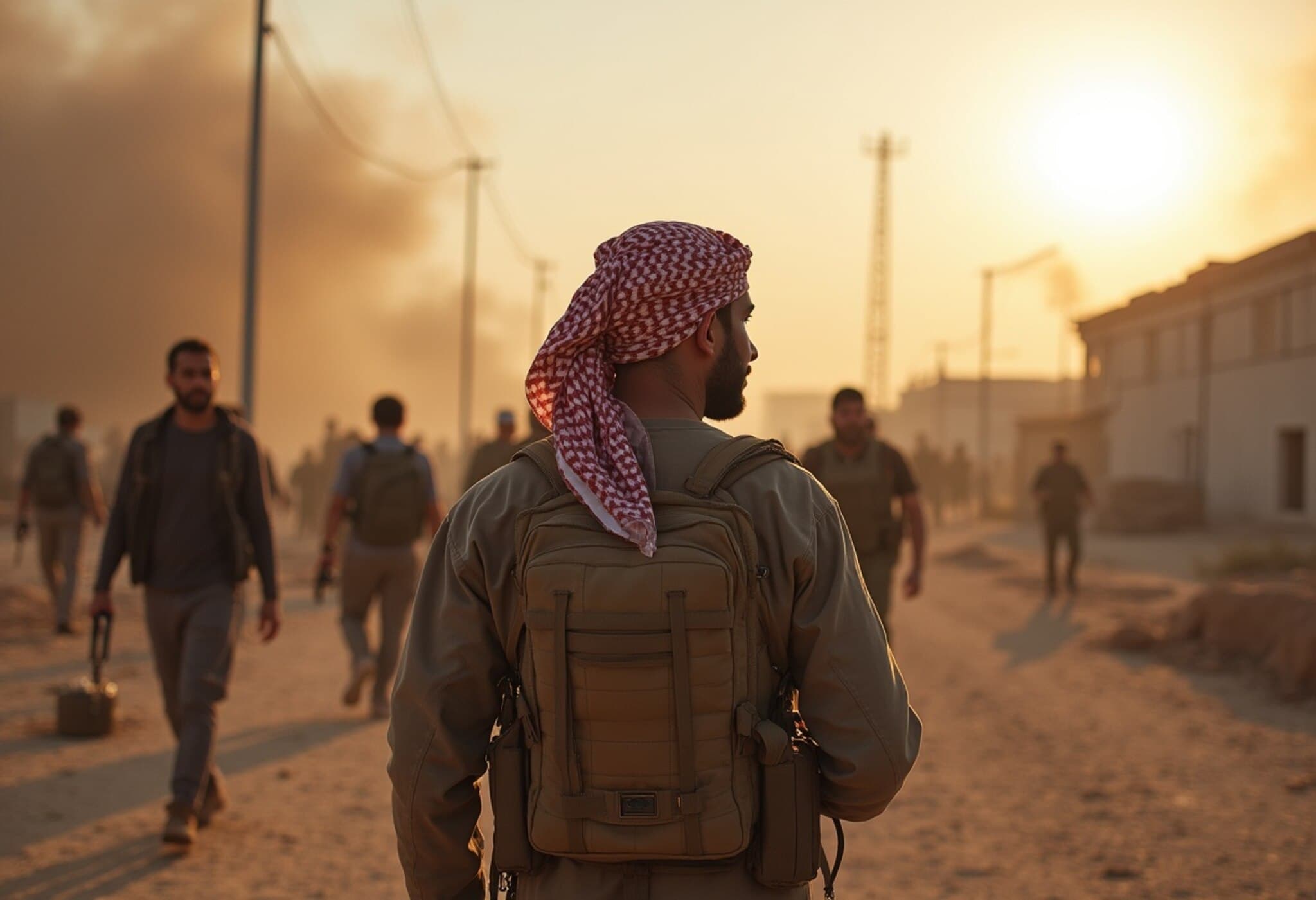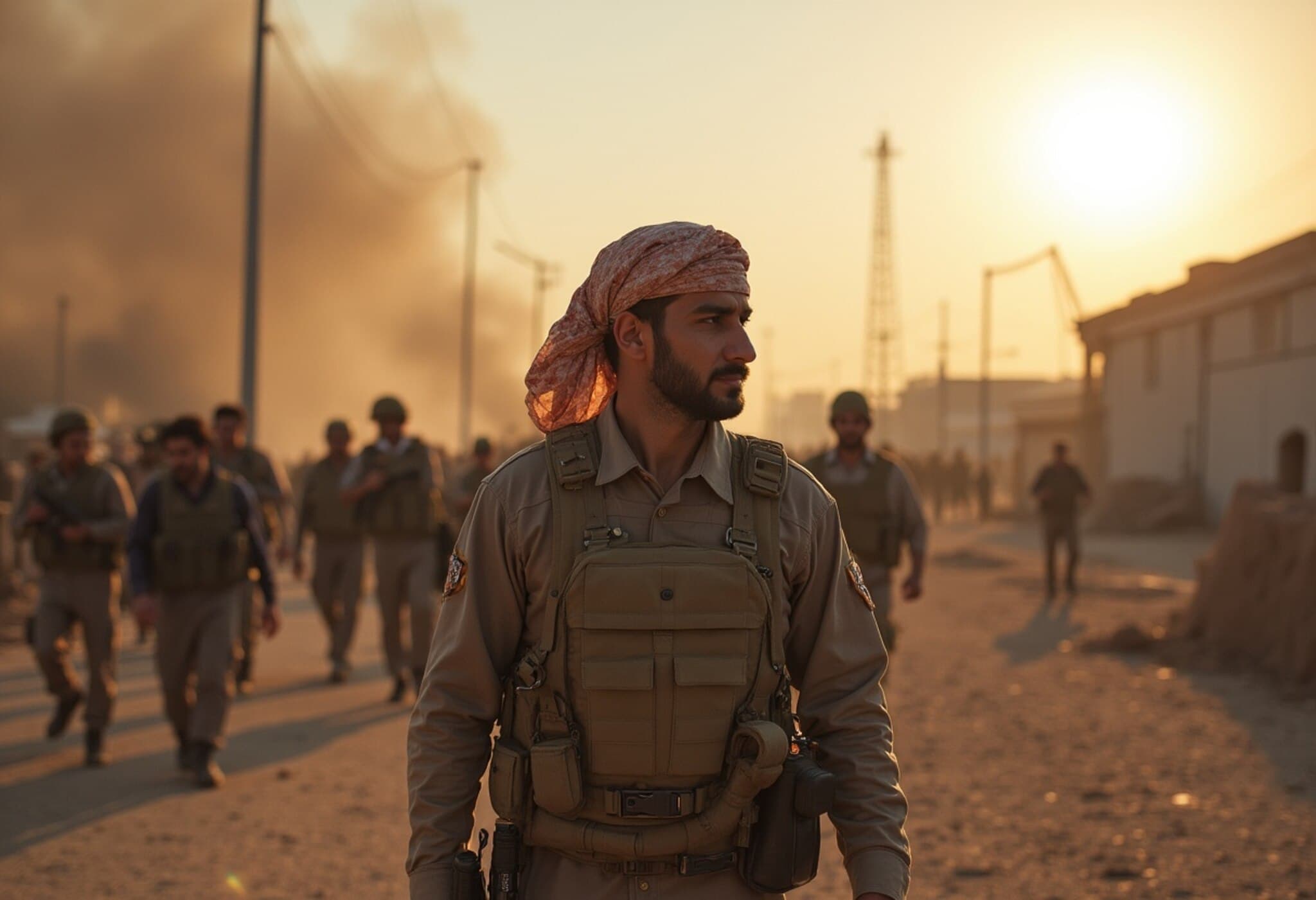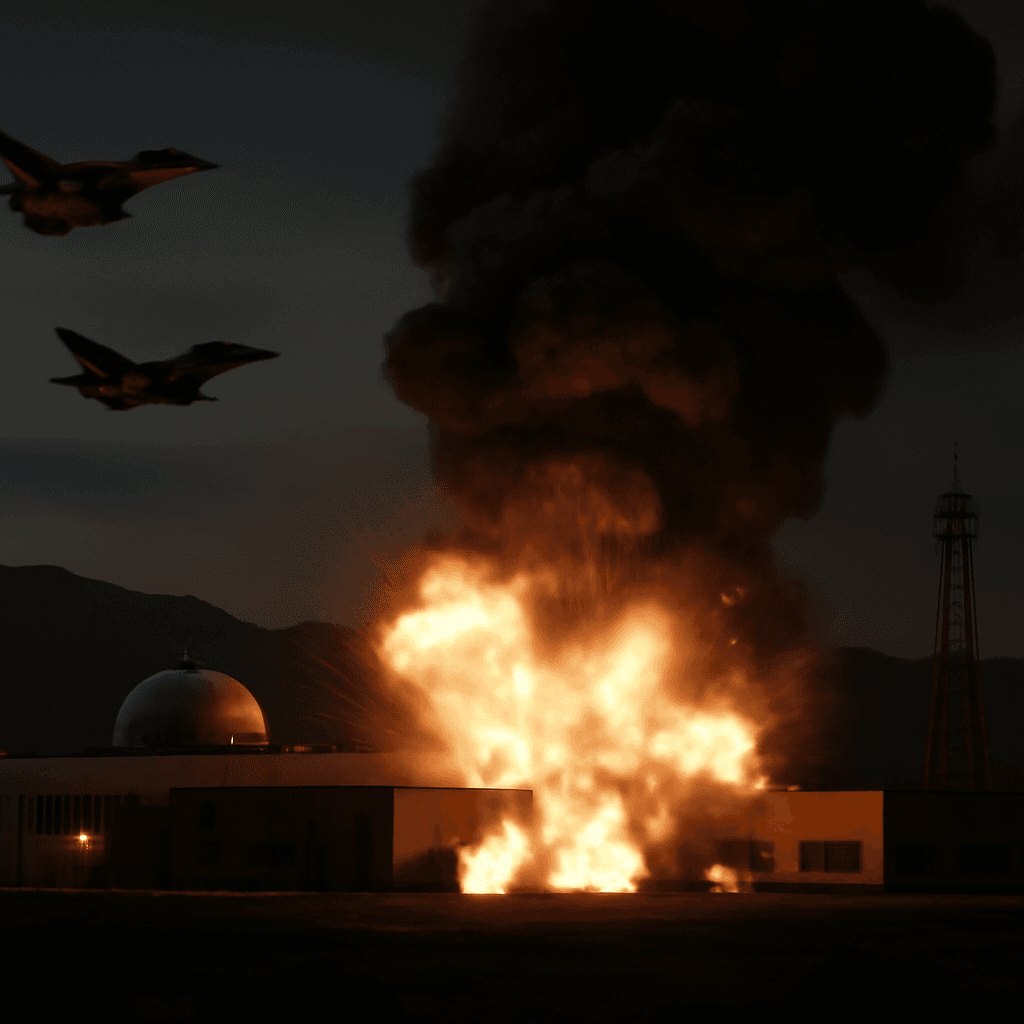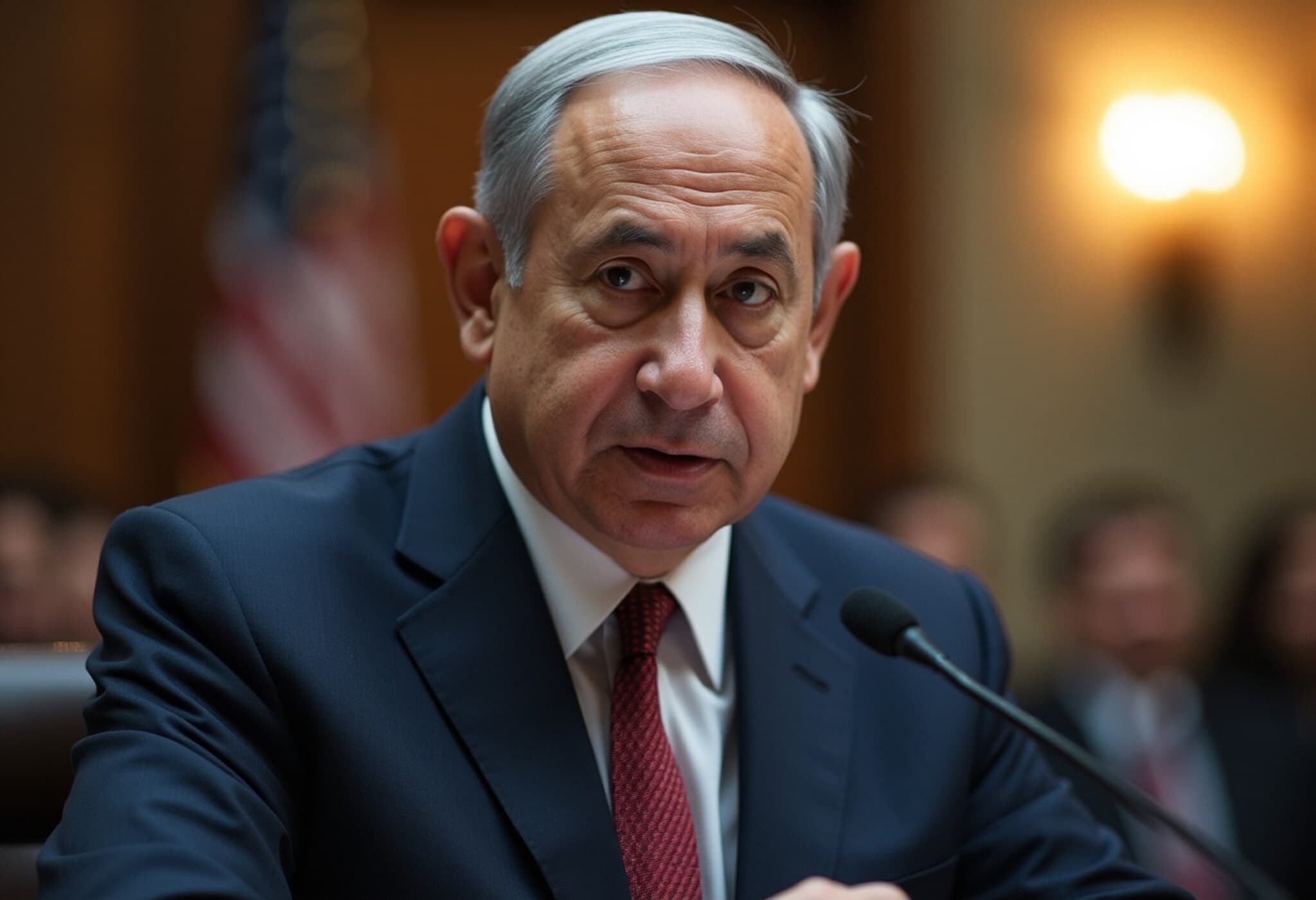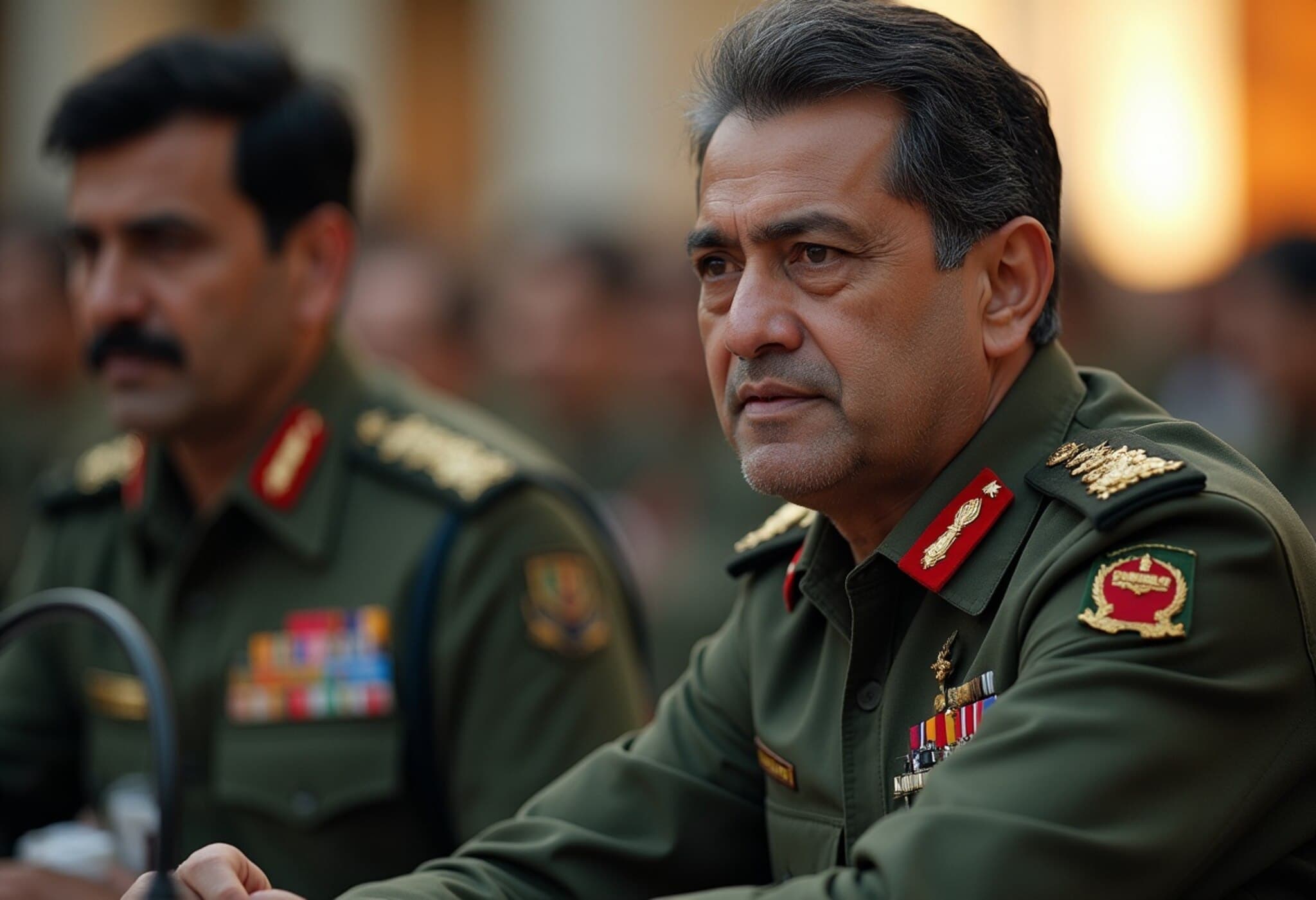Israel Targets Syrian Military Headquarters in Damascus as Sweida Violence Escalates
In a significant escalation of regional tensions, the Israel Defense Forces (IDF) launched a precision airstrike on Syria’s military headquarters near the Defense Ministry in Damascus late Wednesday. This unprecedented strike followed weeks of intensifying violence in southern Syria’s Sweida province, where clashes between Syrian government forces and local Druze militias have claimed over 250 civilian lives.
Strategic Strike Amid Rising Border Tensions
The IDF confirmed the operation as part of a wider campaign aimed at disrupting Syrian military logistics and deterring hostile groups from gaining footholds near Israel’s northern border. According to the Israeli War Room, the strike "blew open the entrance gate" of the defense compound, a rare move underscoring the heightened security concerns. The action was explicitly linked to protecting the Druze community, who have endured renewed fighting following the collapse of a local ceasefire in Sweida.
A spokesperson for the IDF stated, "In accordance with directives from the political echelon, we continue to conduct strikes and are prepared for various scenarios along our border." This marks a notable shift as Israel increasingly engages directly with Syrian regime military infrastructure, signaling a lower tolerance for spillover from Syria’s instability.
Collapse of Ceasefire in Sweida Ignites Fierce Clashes
Sweida, a province with a significant Druze population historically spared from Syria’s civil war destruction, has tragically turned into a new flashpoint. The fragile ceasefire between Syrian government forces and local Druze militias disintegrated, triggering intense armed confrontations and shelling across towns.
The Syrian Ministry of Defense accused armed factions of violating the truce and vowed to restore order through military operations, stressing the need to "ensure civilian safety." However, the resulting violence has only deepened humanitarian concerns: reports from the Syrian Observatory for Human Rights and the Associated Press document widespread abuses, including extrajudicial killings and retaliatory attacks on civilian homes.
A New Chapter in Syria’s Transition and Sectarian Strife
These developments unfold against a dramatic political backdrop. The surprise removal of President Bashar al-Assad last December ended Syria’s nearly 14-year-long civil war and ushered in a new Sunni-majority government. Yet, this transition has not quelled unrest. Instead, it has magnified tensions with minority groups, notably the Druze community, whose future remains uncertain.
The Druze, a distinct religious minority with strong historical and cultural ties to southern Syria, Lebanon, and Israel, are grappling internally with divergent visions—some advocate for deeper integration, while others push for autonomous governance. The violent clashes in Sweida have thrown these internal debates into sharp relief, while also complicating broader regional dynamics involving Syria and Israel.
The Human Toll and Regional Security Implications
What began as localized disputes between Sunni Bedouin and Druze factions has morphed into a wider security crisis, with credible reports of severe human rights violations affecting hundreds of civilians. The increasing involvement of various armed militias, along with extrajudicial actions by security forces, raises profound concerns about the erosion of law and order in southern Syria.
For Israel, these developments revive fears about Islamist militant groups establishing a presence close to its borders, threatening national security. Israeli Defense Minister Israel Katz has vowed to maintain strikes "until regime troops are removed from the area," underscoring Israel’s intent to enforce a demilitarized buffer zone while protecting vulnerable populations like the Druze.
Druze Caught in the Crossfire of Geopolitics and Identity
The Druze community finds itself precariously positioned amid this turmoil. Their complex identity, territorial distribution, and political allegiances have long made them a pivotal player in Levantine geopolitics. The recent violence in Sweida not only challenges their communal cohesion but also threatens their security and cultural survival.
As the Syrian government consolidates power under new leadership, the Druze face critical choices about allegiance and autonomy, with implications stretching beyond Syria’s borders into Lebanon and Israel. These dynamics underscore the continuing volatility of the region and its fragile post-conflict order.
Expert Insight: What Lies Ahead?
The situation in southern Syria reflects a broader geopolitical chessboard where local grievances intersect with national ambitions and regional security concerns. Analysts suggest that without renewed diplomatic efforts and inclusive governance, southern Syria could become a persistent source of instability—potentially drawing increased foreign intervention.
Moreover, Israel’s escalating military posture hints at a strategic recalibration, signaling that its red lines regarding hostile forces near its borders are narrowing. For the Druze, international attention and protection may be critical to prevent further marginalization and violence.
Editor's Note
The unfolding crisis in Syria’s Sweida province and Israel’s corresponding military response highlight the complex interplay of ethnic, sectarian, and geopolitical tensions redefining the region’s landscape. Readers should consider how the international community’s engagement or neglect could influence these fragile dynamics. Will diplomatic avenues emerge to reduce violence, protect minorities, and foster stability? The answers will shape not only Syria’s future but the security architectonics of the broader Middle East.










